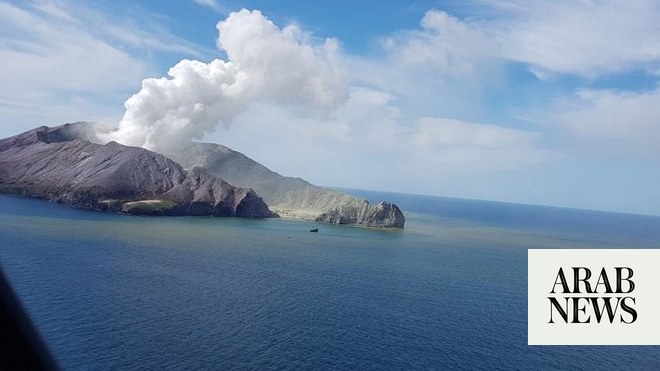
Icelandic police have warned tourists to “think four times” before attempting to get close to the site of a spectacular volcanic eruption, after they had to rescue an exhausted hiker by helicopter.
Within hours of Monday night’s eruption, which followed weeks of earthquake activity, the site near the south-western town of Grindavík had become an attraction for inquisitive volcano enthusiasts.
Police said a hiker had to be rescued by helicopter on Tuesday after becoming “exhausted, cold and shocked halfway to the eruption”.
The 11-12 miles (18-20km) route to the site was “extremely challenging”, they added.
They said: “A little information about the location of the eruption that will hopefully make people think four times before they set off. The first 500 metres are on a decent path, but then rough, rough lava takes over, which is extremely difficult to cross. It can be assumed that it will take an experienced hiker about 4-5 hours to walk this route, which is not for everyone.”
Warning that the wet surface was expected to freeze over on Wednesday, they added there was also “considerable gas pollution and uncertainty in the area”, adding to the difficulty of the conditions. “Be careful,” they said.
Visiting volcanoes after an eruption has been a popular pursuit among locals, scientists and international tourists in recent years, during which time there have been a series of eruptions on the Reykjanes peninsula.
The unique nature of this week’s eruption – spread across a 4km lava-spewing fissure – makes visiting the site especially challenging.
In the hours after the eruption, a bright orange glow was visible from miles around and many went to view the scene from a safe distance.
Unnur Íris Bjarnadóttir, 40, drove with her family from their home in Reykjavík to see the fissure from the road towards Keflavik airport. The architect, her husband and their children, aged 11 and 13, pulled over to witness the once-in-a-lifetime sight on Monday night.
“It had just started snowing in the morning, the earth was really white,” she said. “And then there was a really big orange sky in front of us.”
In the 30 minutes or so that they stood there watching, until about midnight, they saw the fissure extend. “You could see the earth was opening up and the line was getting longer. It was beautiful to see,” she said.
The Icelandic meteorological office said on Wednesday that the power, seismicity and deformation of the volcanic fissure eruption, which started with a powerful seismic swarm at 9pm on Monday, resulting in an eruption at 10.17pm, had now decreased.
The latest surveillance photos showed activity was now constrained to two craters, down from three, they said.
The image on this article was replaced on 20 December 2023. The original image, showing a rescue in progress, was of a previous incident rather than the recent rescue.












